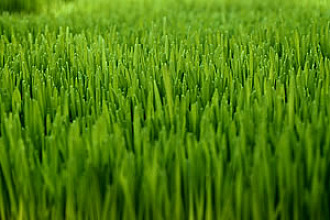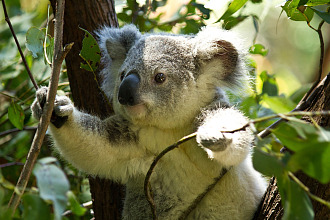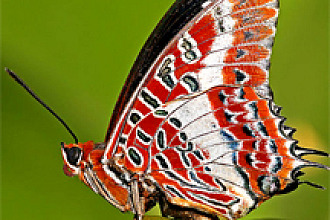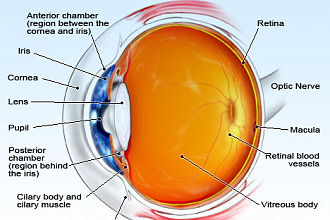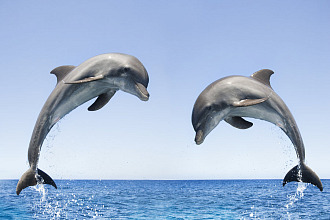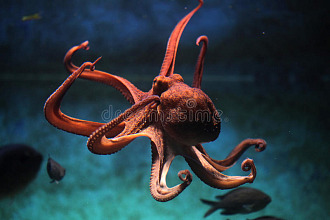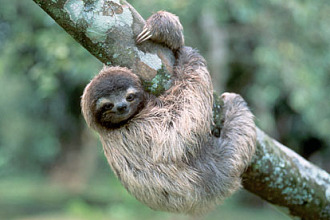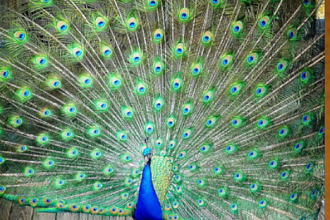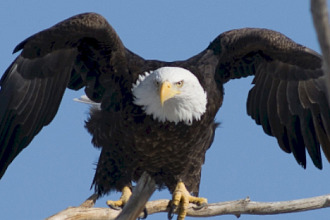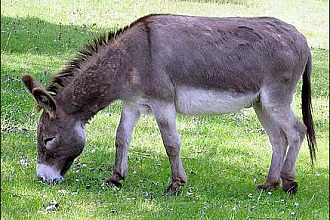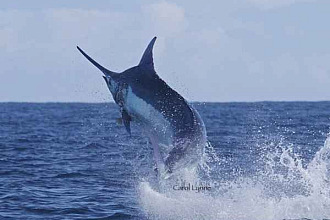Research shows that Florida beaches account for a third of the world population of loggerhead turtles. And one of the most intriguing facts about these turtles is that when the adult females return to lay their eggs, they return—not by accident—to the very area where they themselves were born some 30 years earlier. The reason it is so intriguing is that these turtles have travelled huge distances, many across the Atlantic Ocean, yet they still find their way back to their first home beach! But the Creator, not by accident, early-on placed a sophisticated directional system into the two-inch-long loggerhead hatchlings that crawl up out of the sandy nest hole where they've spent two months incubating with their 50 to 150 siblings. The mother loggerhead turtle dug the nest about two feet deep and a foot wide in a place as close as possible to the sea, yet just beyond the water line at the beach. It was a not-by-accident placement of the nest—done for the very survival of her babies who must get into the water quickly for safety's sake.
Coming out of the egg, their Creator arranged (not by accident) for a "sack lunch" full of nutrients to be attached to their tummies. They absorb that first meal, obtaining energy for the race from the nest to the sea, then run in a straight line directly to the water, as fast as their legs can carry them. (They're choice prey for hungry shore bird predators plus raccoons, ghost crabs and others ready to pounce.) No parent is around to tell the babies to hurry, or to protect them. (The father headed back into deep water as soon as mating was over. Their mother left after laying the eggs, tossing sand over them and packing it down by twirling around in an effort to cover up the nest hole.) Now, two months later, the hatchlings, with that God-given not-by-accident urge to get into the water, plus an awesome inner navigational system, scurry toward the water—stopping only briefly at the edge to sample the sand with their mouths, perhaps imprinting in that brief taste the location to which they will return three decades later to start their own family! But the incredible programming of these little ones doesn't stop there. The hatchlings must not only get to the ocean, but get into the deeper Gulf Stream to reach safety, which can be 20 to 70 miles out in the water! They have no compass, but they have a Creator who planned ahead. Not by accident, the instantly-buoyant little animal is picked up by the water yet tries to head straight into a wave in order to go out to sea. Only their Designer knows how He placed within them the "know-how" to head into the waves and not go with the waves (which bring them back onto shore!) Those who survive that tumbling trip out into the deepest ocean have a chance to grow up where life is safer and they can develop into the 200-to-350-pound beautiful, gentle creatures with an inner directional system that one day would take them back home to the beach—where God programmed them to bring new lives like themselves into the world. Our Creator has implanted something within each of us as well: It's a longing for Him. But He lets us be free to decide whether we'll respond to that inner longing, accept His guidance system, and be led to a place far better than a Florida beach—truly above and beyond anything we can possibly ask or think!
"NOT BY ACCIDENT" (c) Juanita Kretschmar is used by permission and was first published in the book "Not By Accident" 3 page 45
Picture originally found here








